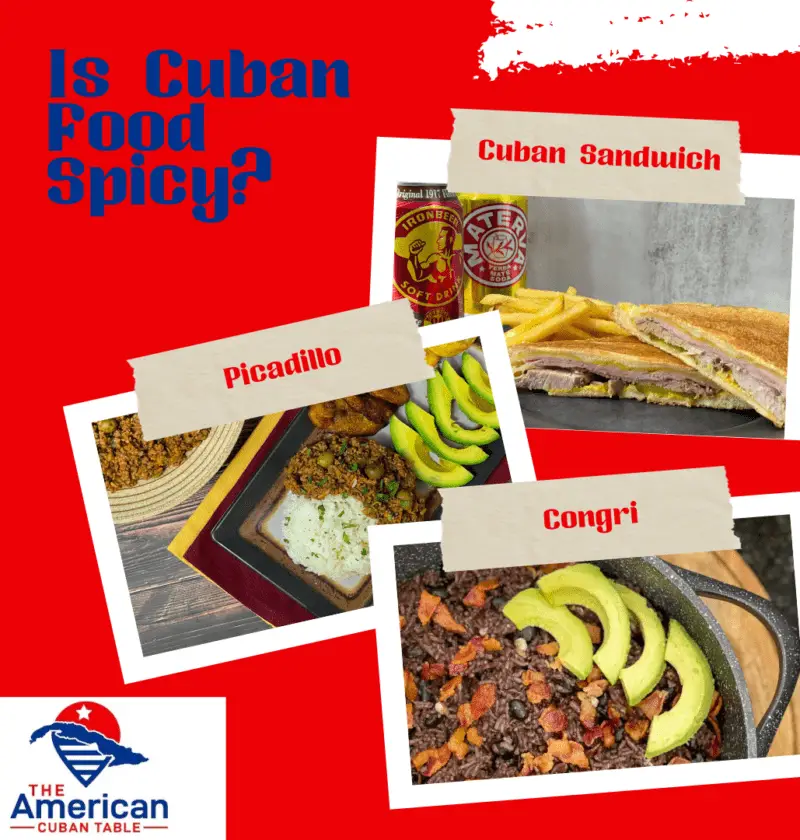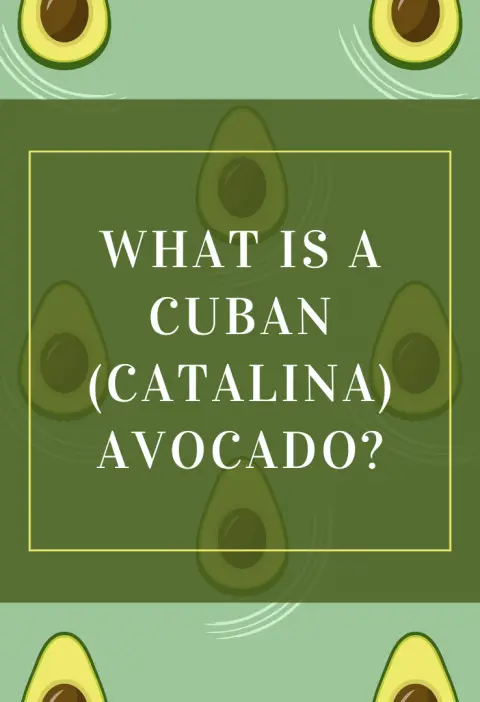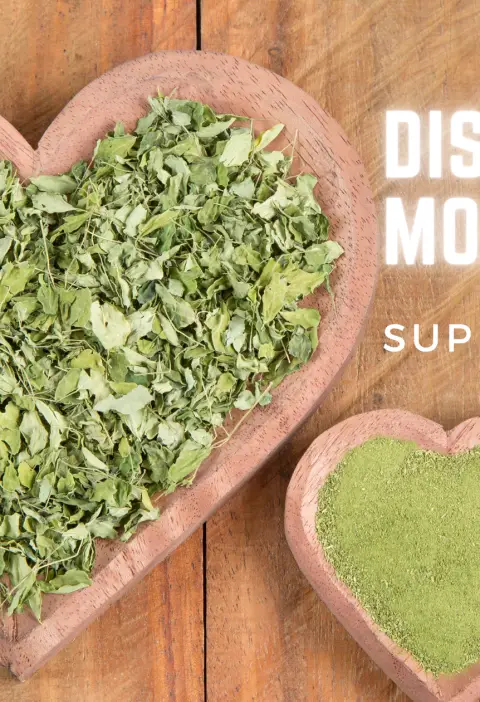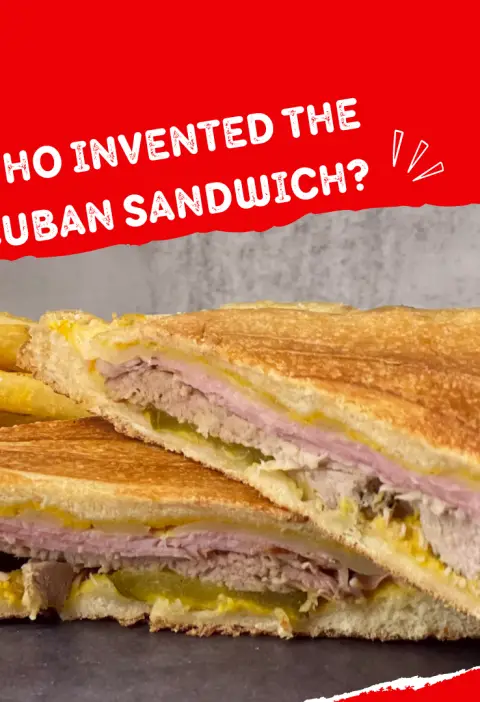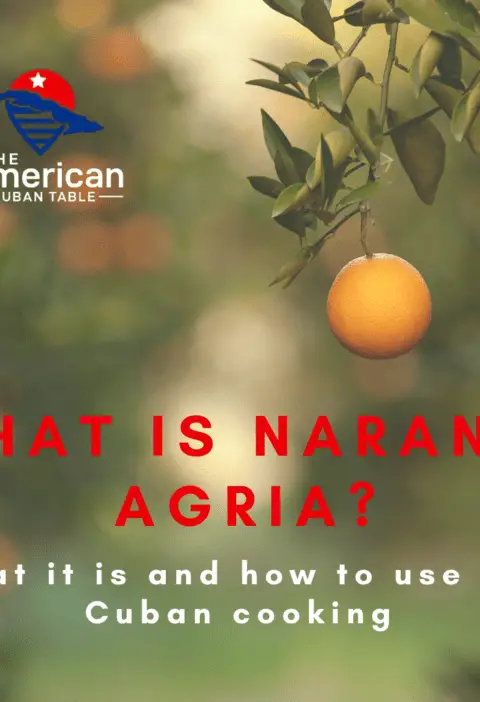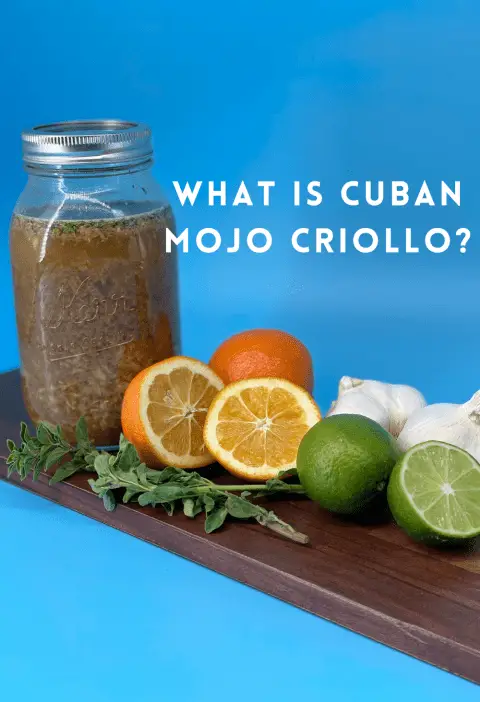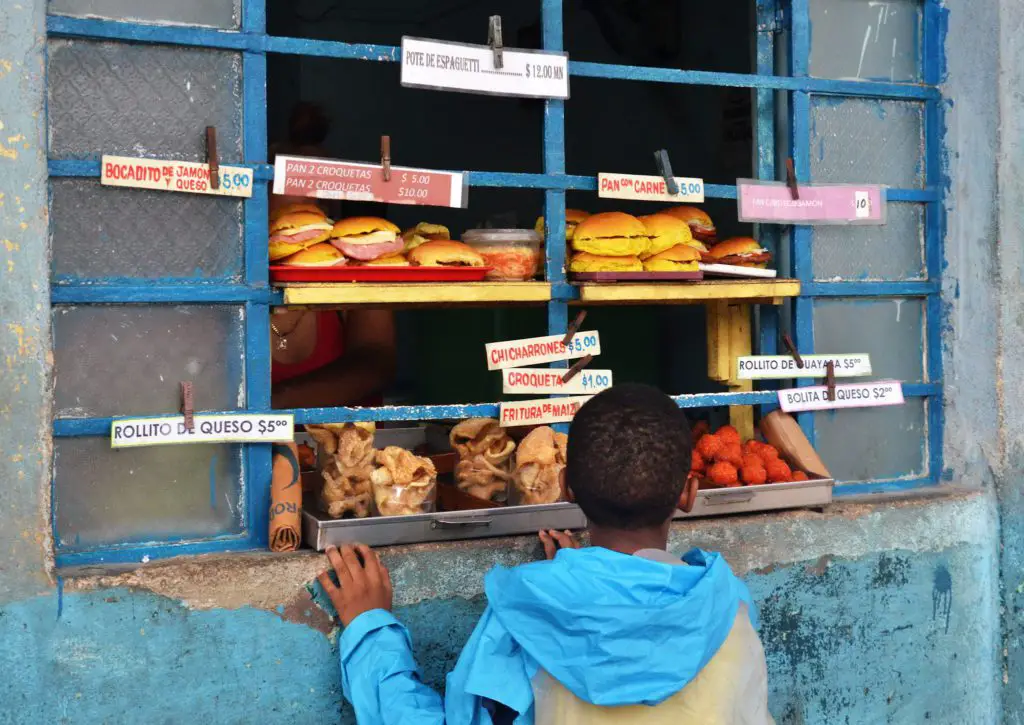
I have been asked many times throughout my life, “Is Cuban food spicy?” The short answer is NO, but it IS full of flavor. Anyone who says Cuban food is bland hasn’t eaten authentic Cuban food. Also, they definitely haven’t eaten Cuban food prepared by me!
Contrary to popular belief, Cuban cuisine is not known for its spiciness. While it incorporates a diverse array of spices, the focus is more on enhancing flavors rather than adding heat. Authentic Cuban dishes are characterized by a harmonious blend of savory and sweet. Cuban food as we know it today is a true fusion of so many influences from many different cultures. It has been influenced by African, Arabic, French, Portuguese, Spanish and even Eastern cultures as they passed through or settled in Cuba.
The foundation of Cuban cooking lies in slow-cooking techniques and the use of aromatic spices such as garlic, cumin, oregano, and bay leaves. These ingredients infuse the dishes with rich, layered flavors that are both comforting and satisfying. From traditional favorites like ropa vieja (shredded beef) to the renowned Cuban sandwich, each bite promises a delightful medley of flavors and textures.
Since the country is an island with a tropical environment the ingredients in Cuban food are always fresh. Since Cuba has become a socialized nation, everything is rationed. Cuban food has been called a “peasants cuisine.” However, that doesn’t mean it is lacking in any way. It just means that dishes are made “by eye” which is exactly the way I was taught. For that reason, I have been turning these “by eye” measurements into actual measurements. That way I can share this delicious cuisine with you all.
So, if you’re craving a cuisine that balances robust flavors without overwhelming spiciness, Cuban food is a perfect choice. Join me as we explore the enchanting world of Cuban cuisine and discover the true essence of its delectable flavors.
Influences on Cuban Cuisine: A Rich Tapestry of Cultural Fusion
Cuba was known to be not only the first but also the last colony in the Caribbean, that was controlled by Spain. As a result, much of the food today has been heavily influenced by traditional Spanish cuisine. Over the centuries, Cuban food has been influenced by other cuisines found throughout the Caribbean. Much of what is considered to be truly authentic Cuban cuisine, is actually the perfect blend of Spanish, indigenous Taino, Chinese, as well as African foods and seasonings.
Before the colonial era, cattle and pigs were not found on the island. Instead, it was the Spanish who eventually introduced this livestock to the country. The Spaniards, most of whom originated from Seville, also brought with them their favorite meals and recipes. This is why much of the Cuban cuisine available today has its roots in Andalusian cuisine.
Throughout the colonial period, Havana was a very important port, connecting Mexico, South America, and the rest of the Caribbean to Europe and the rest of the world. In its infancy, countless Africans were brought through the port of Havana, many of whom were brought as slaves to work in the fields. And when slavery was eventually outlawed, indentured laborers from China were brought to the country. This led to the infusion of both Chinese and African foods and flavors into the Cuban cuisine we know today.
Castro’s Cuba
The 1960s changed everything for the nation. It was a revolution, and after Castro took control of Cuba, their relationship with the US ended. As the trade embargoes took hold, Cuba lost one of its most important sources of food. In order to keep the nation’s economy going strong, Fidel Castro reached out to the Soviet Union and formed an alliance that brought with it, things like pasta, wheat, yogurt, and even pizza. Both pork and beef became scarce, and as a result chicken and fish became staple foods in the country.
Cuban Food Staples
Cuba’s climate is very tropical, and as a result, there are a wide variety of fruits and vegetables which form important parts of virtually every Cuban dish. While countless dishes include starchy vegetables such as potatoes and yuca, plantains and rice play a pivotal role in traditional Cuban cooking.
The greatest influencer of green plantains in Cuban cuisine were the countless slaves brought over from Africa. With them, they brought a wide variety of different dishes that could be made from this starchy cousin of the banana. At the same time, the greatest influencer of rice in Cuba were the indentured Chinese laborers that were brought over by the boatload after slavery had been outlawed.
Key Ingredients in Cuban Cooking: Fresh, Flavorful, and Versatile
As you follow along with each recipe you will see the ingredients are similar for many dishes. Sometimes they have similar ways of being prepared. Ingredients are always fresh. Which makes sense because being an island nation they have to use what is local and abundant. Let’s look at some ingredients I always have on hand.
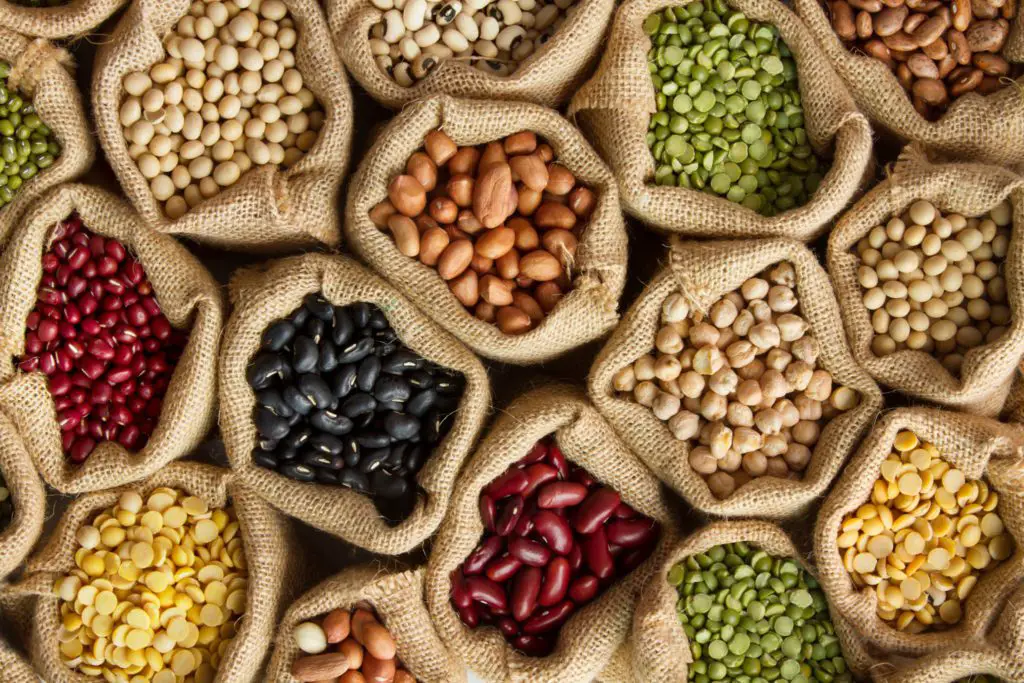
- Fruits – Fruits play an important role in Cuban cuisine. Not only are they great for tasty desserts, but they can be prepared in countless different ways. The most common fruits found in Cuban food, are mamey, mangoes, pineapples, coconuts, avocados, bananas, plantains, guava, limes, tomatoes, as well as papayas.
- Vegetables – In order to add flavor to any meal, vegetables play an important role. Some starchy vegetables are used to thicken the meal, while others are added purely for flavor. Bell peppers, fresh garlic, onions, malanga, calabasa, tomatoes, and yuca. Most dishes start with sautéing onions, bell peppers and garlic known as sofrito. It’s a great way to get kids to eat their vegetables.
- Grains and Legumes – Grains and legumes are an important, yet affordable source of both carbohydrates and protein. After the Cuban revolution, it was harder for locals to get their hands on pigs and cows. Beans were an excellent source of protein (black, red kidney, white lima, and garbanzo beans) and rice.
- Meats – With both pork and beef scarce after the revolution, traditional recipes evolved to include chicken and seafood instead. The pork and beef that was available, were cheap and needed to be slow-cooked for hours to make them tender enough to eat. This is why many of the popular pork dishes feature slow-cooked pork.
- Spices – While there are a wide variety of different spices available throughout the world, many of them were hard to find in Cuba because of the trade embargoes. Today, the most common spices used in virtually every authentic Cuban recipe include oregano, garlic powder, cumin, cilantro, bay leaves, as well as salt and pepper.
- Cookware – a pressure cooker (I have replaced mine with an Instant pot), a cast iron skillet and a Dutch oven (my favorite).
Traditional Cuban Dishes
Now that we have a better understanding of the flavor profiles and ingredients in Cuban cuisine, let’s dive into some authentic and traditional dishes that showcase the true essence of Cuban flavors.
Ropa Vieja
Ropa Vieja, meaning “old clothes” in Spanish, is a classic Cuban dish made with shredded beef, onions, peppers, and tomatoes. The beef is slow-cooked until it becomes tender and flavorful, and then it’s shredded and simmered in a rich tomato-based sauce. The combination of spices and slow cooking creates a dish that is both hearty and comforting.
Cuban Sandwich
The Cuban sandwich, also known as the Cubano, is a beloved culinary creation that has gained popularity worldwide. It consists of roasted pork, ham, Swiss cheese, pickles, and mustard, all layered between crispy Cuban bread. This iconic sandwich perfectly balances the flavors of savory meats, tangy pickles, and creamy cheese, creating a mouthwatering experience.
Arroz con Pollo
Arroz con Pollo, or “rice with chicken,” is a one-pot dish that showcases the versatility of Cuban cuisine. Chicken pieces are sautéed with onions, garlic, and bell peppers, then cooked with rice and flavorful spices. The result is a vibrant and fragrant dish where the rice absorbs all the delicious flavors from the chicken and spices.
What Is A Typical Cuban Breakfast?
Breakfast is the most important meal of the day, and while most Americans love bacon, eggs, and toast, the traditional Cuban breakfast includes Café con Leche and Tostada Cubana.
Cafe con Leche
Many people who are unfamiliar with a traditional Cuban practice often mistake the traditional Café con Leche with Café Latte. However, these two drinks are very different from one another. While they both are composed of coffee and milk, espresso machines simply aren’t available in Cuba. Instead, the Café con Leche features an extremely strong coffee mixed in equal amounts with scalding hot milk. It’s not uncommon to see Cuban restaurants in Florida with walk-up windows (ventanita) that serve Café con Leche in the morning.
Tostada Cubana
And of course, no Cuban breakfast would be complete without a Tostada Cubana. While Americans prefer toasted slices of bread for breakfast, Cubans prefer a handmade loaf of Cuban bread that has been cut in half lengthwise, buttered, and toasted. While some eat the bread separately, others prefer to dunk the Tostada Cubana right into their Café con Leche.
What Is A Typical Cuban Dinner?
The typical Cuban dinner is one of the most important and flavorful meals of the day. It is a time to bring families closer together, as they sit down and enjoy a hearty meal together.
Ropa vieja is one of the most popular Cuban recipes in the world. It originated in the Canary Islands and consists of shredded meat that has been cooked in a flavorful sauce of peppers, onions, bay leaves, cumin, and many other ingredients.
Beans and rice play an essential part in just about every Cuban dish. It is impossible to enjoy a truly traditional Cuban meal that doesn’t have a side of Arroz y Frijoles Negros. While the preparation of the beans can take a long time, the recipe itself is one of the easiest to make.
Another popular mix of beans and rice is heavily influenced by African cuisine. The Arroz Moros y Cristianos is generally composed of black beans and rice that are served separately. Congri is a similar recipe that actually mixes the beans with the rice.
The term Lechon easily translates to roasted barbecue. Lechon Asado is a very popular dish that is often served on holidays. The pork is first marinated overnight in mojo sauce, before being slowly cooked for hours until tender.
You will find mojo sauce and a wide variety of Cuban dishes. Yuca con Mojo is a popular dish found on tables during a wide variety of family get-togethers. Generally, it is served as an appetizer and eaten sparingly because of its high glucose concentration.
When it comes to Cuban cuisine, nothing beats an authentic Cubano. While the Cubano is one of the most popular sandwiches in Cuban cuisine, it was not actually created in Cuba. Instead, the Cubano was created by immigrants during the late 1800s who needed something that was easy to carry and eat at the cigar factories in South Florida.
Final Thoughts
From soups and stews to desserts made from ripe, brown plantains, the list of popular Cuban dishes goes on, and on. If you have never had a truly authentic Cuban meal, then making one from scratch is always the best way to experience the many joys and flavors of the Caribbean. From preparation to indulgence, Cuban cuisine is a passion that should be shared with the ones you love.
In conclusion, Cuban cuisine is a treasure trove of flavors that goes beyond the misconception of being overly spicy. The focus is on creating a symphony of flavors that balance savory and sweet, rather than overwhelming the palate with heat. From slow-cooked meats to vibrant sauces, each dish represents a unique blend of Spanish, African, and Caribbean influences.

Explore the Essence of Cuban Cuisine with Noelle – a devoted culinary enthusiast enamored by Cuban flavors for over 30 years. Guided by her husband’s mami and abuela, she refined her skills using the ‘by eye’ technique, converting cherished recipes into precise culinary treasures. Continuously enriching her expertise, Noelle actively engages in cooking classes, infusing her platform with measured recipes and an authentic taste of Cuban food, inviting the world to savor the essence of this vibrant cuisine.

